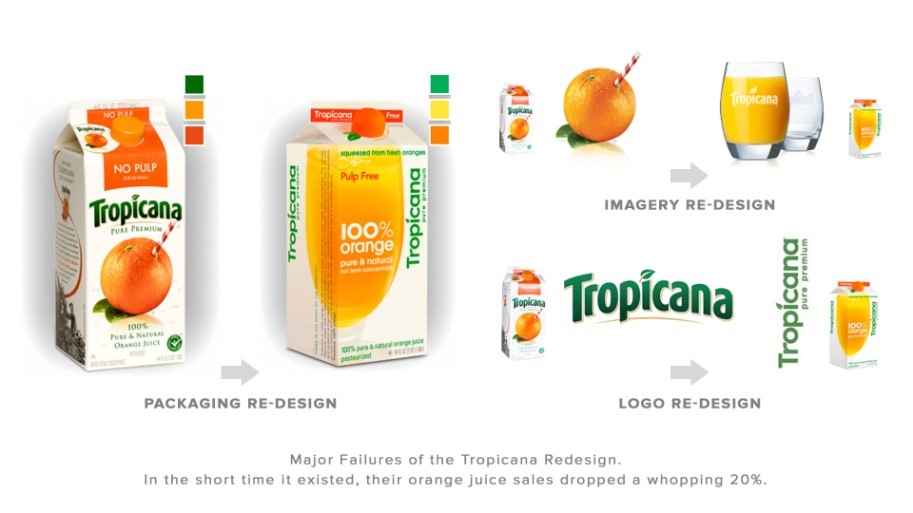Is Rebranding The Right Way Forward For Your Business

In the world of marketing and advertisement, a rebranding exercise is perhaps unfairly considered to be the least glamorous type of image campaign. However, the fact remains that rebranding is an inevitable and often necessary process that every successful business must go through at some point in its lifecycle. Some businesses even go through such a process multiple times throughout history. A very prominent example of this is Pepsi, who has never been shy about rebranding to keep up with the times since the early twentieth century.
However, a rebranding exercise is not something to be undertaken in a lackadaisical manner. Rebranding can often be a very tricky venture, with the potential for significant revenue loss and damage to the organization’s image if executed poorly. Naturally, it is very important to understand whether a rebranding campaign is the right way forward for your business or not. Read on to find out.
There can be any number of factors why your business might want to consider rebranding:
To distinguish yourself from the competition – Rebranding might be a good idea if your product/service lies in a highly competitive vertical, with multiple contenders vying for market control. In such an atmosphere, rebranding can help differentiate you from the hordes of other interchangeable brands and products clamoring for attention. A successful example of this is Old Spice, who shook off the cobwebs from their rusty old brand image to appeal to more contemporary tastes while simultaneously differentiating from the competition. Instead of targeting the distinguished, elderly male demographic, Old Spice shifted their focus to younger men and boys. They started by updating the names of their existing product portfolio to appeal to younger people, changed their marketing strategy to leverage brand desirability instead of product effectiveness/quality, and hired popular celebrities such as Brian Urlacher of the Chicago Bears, LL Cool J, Terry Crews etc. to appeal to a wider, younger audience.
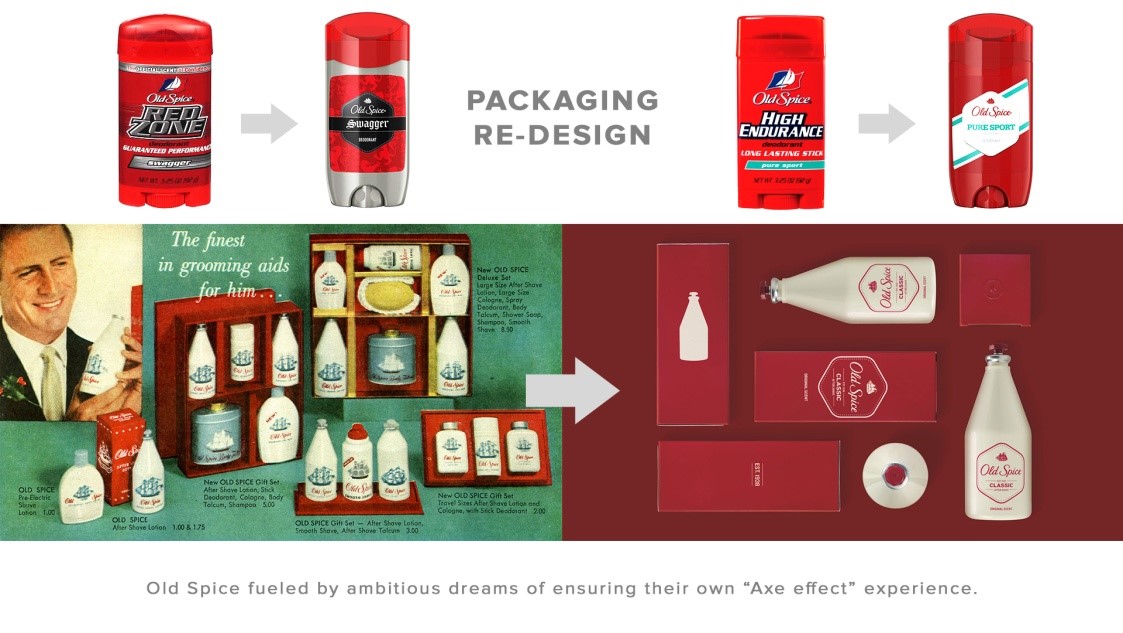
- To evolve your brand as your business diversifies – Sometimes a company outgrows its brand as it evolves and spreads into other markets, or when it starts targeting a different demographic. This could mean an organization evolving its visual brand identity to reflect its current business goals and philosophy. It could also be done when attempting to crack into different demographic groups, often in entirely different geographical regions. For example, the popular British candy bar Raider was rebranded to Twix to appeal to more international markets back in 1991. At the time, Raider was hardly the most popular candybar on the market, and was quickly losing sales. The name ‘Twix’ was chosen as a portmanteau of the words ‘Twin’ and ‘Sticks’, in order to create a uniquely memorable brand identity based on the fact that the candybar came with two cylindrical, stick shaped cookies per package. Since the Raider candybar in the UK and parts of Europe was functionally the exact same product, it was eventually rebranded to Twix in order to bring consistency to the international product portfolio.
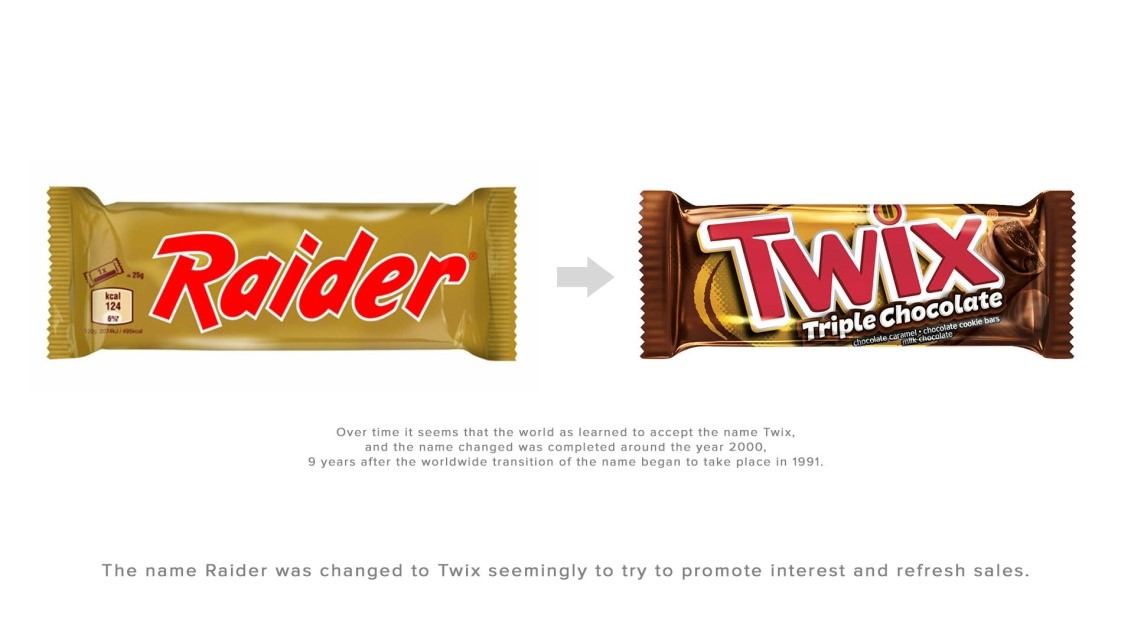
On the other hand, a good example of a brand updating its visual identity to keep pace with its expanding scope is Google’s rebrand of its logo in 2015. The new Google logo featured an all new cleaner font and more vibrant colors to keep in line with their new cross-platform “Material Design” philosophy.
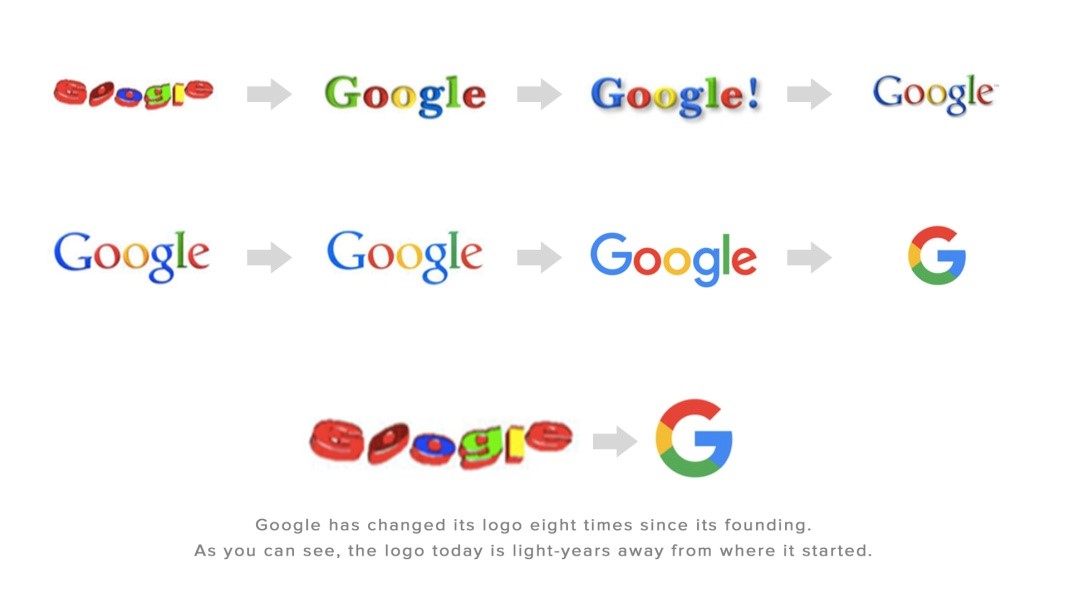
- To try and salvage a damaged reputation – Another good reason to consider a rebranding campaign is to try and shed a poor reputation and attempt to win back public opinion. Sometimes a business’s image might be greatly damaged due to various factors such as legal complications, unethical business transactions, negative brand image of the product portfolio, disaster events, etc. In such instances, it is often a better idea to rebrand instead of trying to salvage a sinking brand. Notorious tobacco producer and cigarette manufacturer Philip Morris Companies, Inc. rebranded itself as Altria Group, Inc. in 2003 in order to escape the negative connotations associated with the Philip Morris brand and the tobacco industry in general. At the time, Philip Morris was under a great amount of stress from environment and health activism, pressure groups, potential class action lawsuits and extremely sour public opinion. Differentiating their tobacco business from their other ventures allowed Philip Morris to shed the baggage of their infamous history. However, any such rebranding campaign must be carried out with extreme forethought and care, otherwise the organization can end up projecting a slimy and untrustworthy brand image.
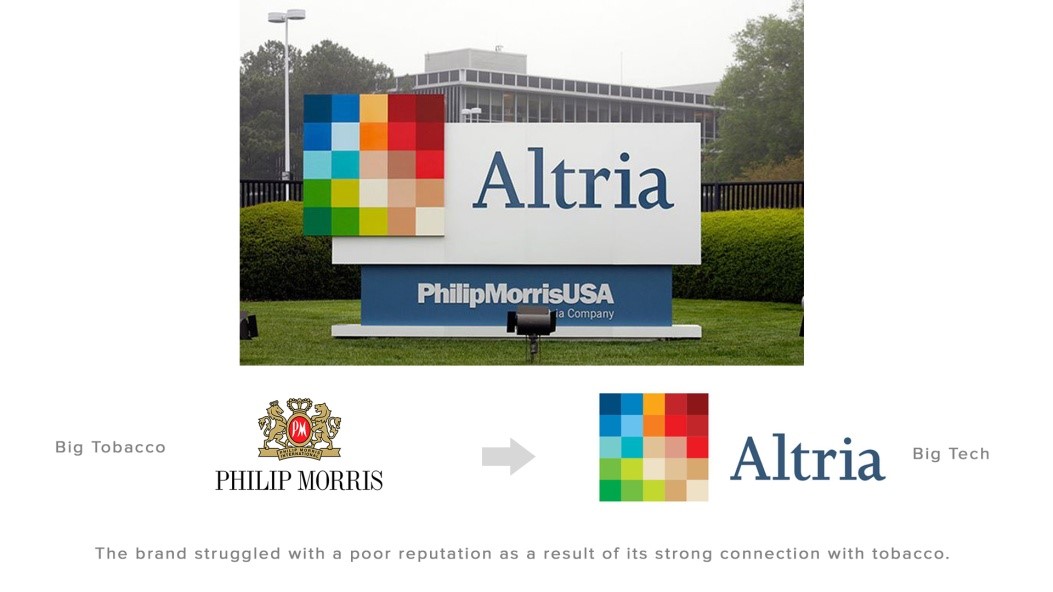
Despite all the potential benefits, rebranding is not always a good idea for businesses. If your brand enjoys strong brand recognition and customer affinity, any radical changes that appear to abandon the brand’s core values could invite the market’s ire. Purely visual rebranding campaigns with no apparent change in the core business philosophy or direction also tend to go down very poorly in public opinion. This is plenty clear from beverage giant Tropicana’s spectacular rebranding failure in 2009, as consumers were none too happy with the new packaging and logo redesign. Customers did not appreciate this rebrand as they had developed a deep affinity for the iconic Tropicana logo and ‘fruit with a straw’ packaging. Many also associated the new font and packaging with cheap, low-grade products, while others sometimes failed to even recognize the brand due to the drastic new visual changes. All in all, this particular rebranding endeavour only succeeded in confusing and alienating the core consumer base. This infamous oversight by Tropicana led to their revenue falling by as much as 20% that year, and now represents a classic example of a brand forcing change when it was not needed or desirable. Ultimately, it is vital for any rebranding campaign to be based on a solid foundation, while being mindful of the brand’s legacy if it is to be successful. A clear vision executed with the right timing has the potential to completely revitalize your brand and carve inroads into all new markets and revenue channels.
